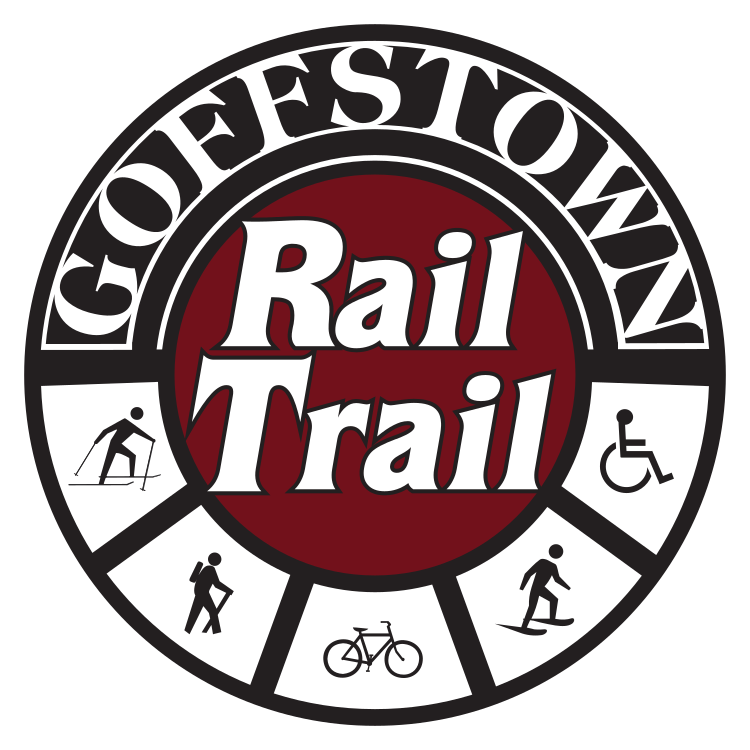What is a Pedestrian Hybrid Beacon (PHB)?

The two rail trail crossings of Mast Road now have PHBs. Each beacon consists of two red lights above a single yellow light. There are two beacon heads for each direction. The beacon heads are "dark" or unlit until a pedestrian or cyclist activates the device by pushing a button at the trail crossing.
Upon activation via a push-button, the yellow light briefly flashes, which alerts the driver that a rail trail user wants to cross the road. Then the yellow light becomes steady or solid yellow. Just as with a traffic light at a road intersection, this means the driver should safely stop the vehicle.
Then both red lights are lit. Traffic must stop. The pedestrian's warning light (on the post at the far side of the road) changes from "DON'T WALK" to "WALK." A countdown display starts its sequence (i.e., 12, 11, 10, etc.) so the pedestrian knows the limits of the safe crossing period.
Now for the big difference between a normal traffic light and a PHB: The solid, or steady red, is held for only 4 to 7 seconds after which the beacon starts flashing the red lamps. Flashing red should be treated like a "stop sign," where the driver, if not already stopped, must first stop, then may immediately proceed if the crosswalk is clear.
As the pedestrian sees the count-down display reach "0," the flashing red lamps go dark, and vehicle flow is normal. The PHB cannot be re-activated by another pedestrian for a pre-determined period, usually 30 to 60 seconds.
How effective is a PHB?
Researchers for the Federal Highway Administration (FHWA) found a PHB can reduce auto-pedestrian crashes by nearly 70%. Drivers correctly yield to pedestrians at a PHB at much higher rates (over 90%) than at traditional crosswalks (about 30%). A PHB is used in locations where a traditional traffic signal would present too great a disruption to automobile traffic and where there is a need for a higher level of pedestrian protection than afforded by a regular crosswalk.
Video Demonstration of PHB Operation
Thanks to Wisconsin Department of Transportation

